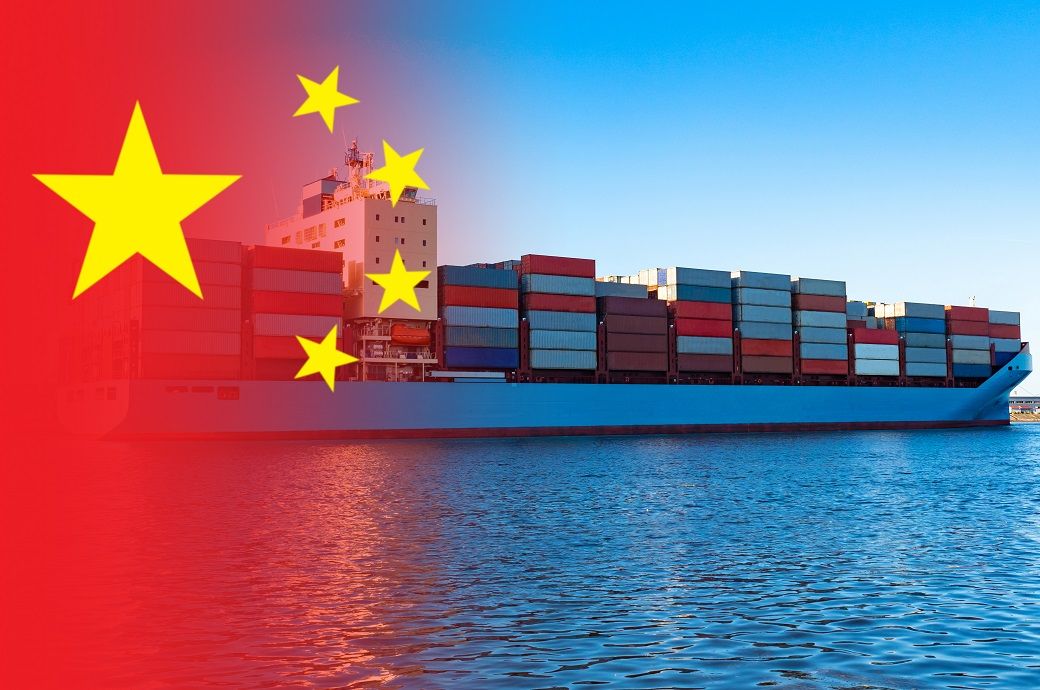
China's logistics industry grew at a compound annual growth rate (CAGR) of 6.6 per cent from 2017 to 2022, surpassing the country's real GDP growth in the same timeframe. Fitch Ratings anticipates that the sector's growth rate will stabilise in the mid-single digits in the medium term. The slowdown in China's economic prospects will be partly compensated by rising customer expectations for faster and higher-quality logistics services.
A key aspect of China's 14th Five-Year Plan for the logistics sector aims at the creation of an efficient and integrated network. As of last year, approximately 72 per cent of all freight volume in China was transported via road, largely dominated by private entities. Although private firms lead the sector, state-backed capital has been the main source of investment for logistics infrastructure. State-owned logistics companies also offer a more integrated and multi-modal range of services compared to private firms.
Leading road logistics companies have seen strong revenue growth over the past few years, aided by mergers and acquisitions (M&A) and network expansions. These firms are also looking at international markets to expand their customer bases and gain a greater market share.
As companies reach a certain scale, the marginal cost savings from economies of scale begin to decrease. To maintain profitability, firms are adopting an asset-light approach, focusing on differentiated services, and implementing technology upgrades, including automation and digitalisation.
Despite high capital expenditure (capex) in recent years, leading logistics companies have managed to turn their free cash flows (FCFs) positive in 2022, aided by a focus on efficiency and cost management. While some firms have access to diverse funding channels, the majority depend on equity markets to meet their growing investment needs.
ALCHEMPro News Desk (KD)
Receive daily prices and market insights straight to your inbox. Subscribe to AlchemPro Weekly!